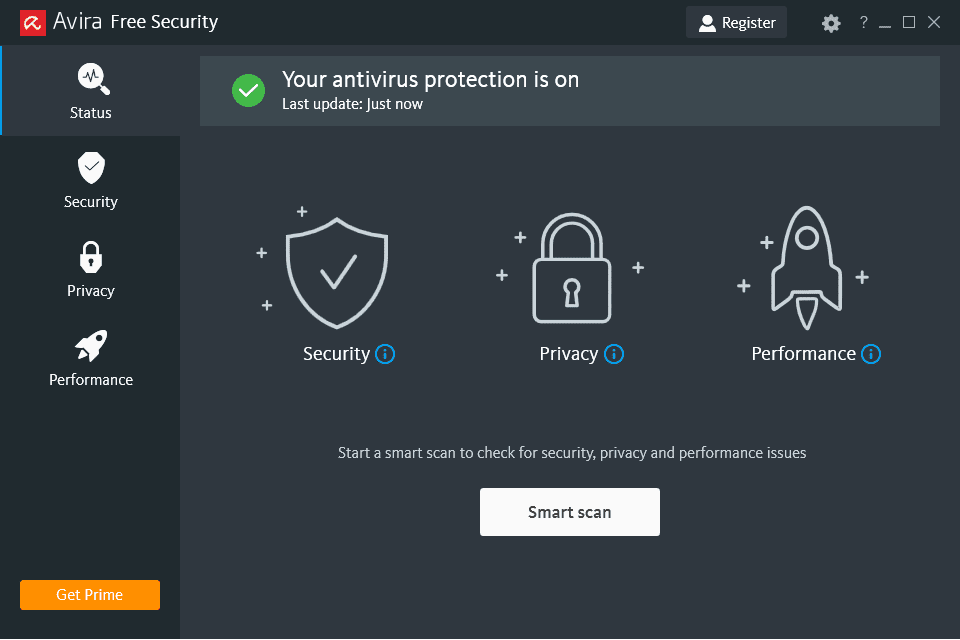How to Scan Your PC for Virus and Malware
With the increasing number of cyber threats online, it’s essential to regularly scan your PC for viruses and malware to ensure your data and personal information are safe. In this article, we will guide you on how to scan your PC effectively and protect it from malicious software.
1. Use Reliable Antivirus Software
The first step in scanning your PC for viruses and malware is to install reliable antivirus software. There are many antivirus programs available in the market, but it’s essential to choose one that is reputable and regularly updated to provide maximum protection. Some popular antivirus software options include Norton, McAfee, and Avast.
Once you have installed the antivirus software on your PC, make sure to schedule regular scans to ensure your system is constantly protected from new threats.
2. Perform Full System Scans
It’s crucial to perform full system scans regularly to detect any viruses or malware that may have infected your PC. Full system scans scan every file on your computer and provide a comprehensive overview of the health of your system.
You can schedule full system scans weekly or monthly, depending on your preference. Make sure to leave your PC running during the scan to allow the antivirus software to thoroughly check every file and folder.
3. Stay Updated
Viruses and malware are continually evolving, so it’s essential to keep your antivirus software updated to protect your PC from the latest threats. Most antivirus programs provide automatic updates, but you can also check for updates manually to ensure you are always protected.
Regularly updating your operating system and software applications is also crucial in preventing security vulnerabilities that hackers can exploit to infect your PC with viruses and malware.
4. Use Malware Removal Tools
In addition to antivirus software, it’s recommended to use malware removal tools to scan your PC for any hidden threats that may have slipped past your antivirus program. Malware removal tools can detect and remove a wide range of malicious software, including adware, spyware, and ransomware.
Popular malware removal tools include Malwarebytes, Spybot Search & Destroy, and AdwCleaner. Run a malware scan regularly to ensure your PC is free from any unwanted software that may compromise your security.
5. Enable Firewall Protection
A firewall is a critical component of your PC’s security system, as it acts as a barrier between your computer and potential threats online. Make sure to enable the firewall on your PC to prevent unauthorized access and protect your data from cyber attacks.
Most operating systems come with built-in firewall protection, but you can also install third-party firewall software for added security. Configure your firewall settings to block suspicious incoming and outgoing connections and create a safer browsing experience.
Conclusion
Regularly scanning your PC for viruses and malware is essential to protect your data and personal information from cyber threats. By following the tips highlighted in this article, you can ensure your PC remains secure and free from malicious software.
Remember to use reliable antivirus software, perform full system scans regularly, stay updated with software updates, use malware removal tools, and enable firewall protection to enhance your PC’s security. Stay vigilant and proactive in protecting your PC, and you can enjoy a safer online experience.
